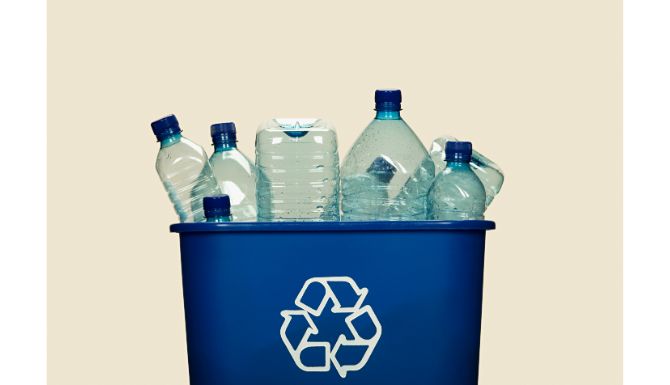Recycling is an important way to reduce what we send to landfill and capture materials that can be made into new materials! Recycling programs vary from municipality to municipality, so it’s always best to check and be sure you can recycle it – don’t be a “wish-cycler”!
For all residential recycling inquiries and new or replacement blue boxes, please call GFL at 1-888-941-3345 ext. 1. For more information on the Blue Box Transition and for residential recycling information, visit the Circular Materials Ontario website.
For Industrial, Commercial and Institutional (IC&I) recycling, please see below for a list of acceptable & non-acceptable material and recycling tips.

Recycling Tips
- When in doubt, throw it out.
If you are not sure, it is better to put it in the garbage than contaminate the blue box.
- Ensure containers are empty.
A quick rinse is usually enough to remove contamination (i.e. food wastes, liquids).
- Papers and containers can be mixed together.
Dufferin’s recyclables are sent to a “single stream” facility where they can sort through paper and containers.
- Place recyclables loose in your blue box.
Each household is entitled to 2 free blue boxes. If you need more room, you can purchase another blue box or place items in a blue-tinted transparent bag for occasional overflow.
- Flatten boxboard and cardboard.
Tie large amounts of cardboard in bundles no more than 20 kilograms (44 pounds) and 1.2 metres (4 feet) in any dimension.
- On windy days, stack your blue boxes.
Place heavier items, such as phone books, glass jars and magazines on top. Consider using transparent blue recycling bags to help prevent recyclables from blowing away.
- Shredded paper does not belong in your blue box.
Place it in your green bin.
- There is no limit on the amount of recyclables collected.
However, each container/bag/bundle of recyclables must not exceed 20 kilograms (44 pounds).
- Do not place any waste container on snow banks or icy surfaces.